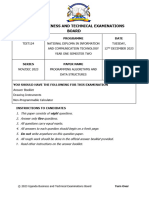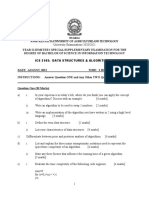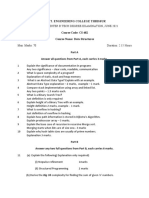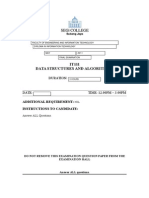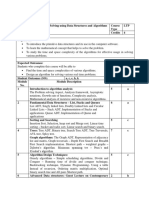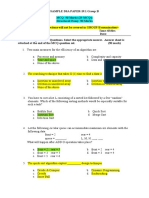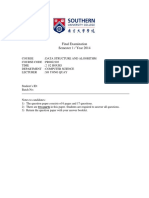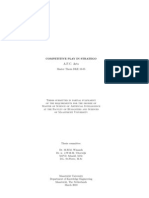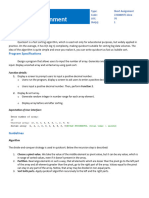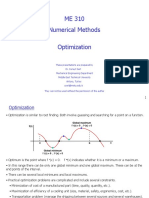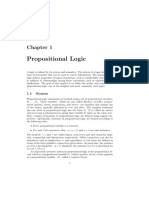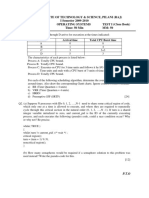0% found this document useful (0 votes)
84 views5 pagesAsdacacjh Bahcbsci
This document is a past exam paper for the Diploma in Information Technology program from December 2014. It covers the subject of Data Structures and Algorithms and is 4 pages long. The exam contains 6 questions worth 20 marks each, and students must answer 5 out of the 6 questions. The questions cover topics like stack data structures, binary search trees, sorting algorithms, array traversal, recursion, linked lists, and more. Pseudo code is required for some algorithm questions.
Uploaded by
Chong How TanCopyright
© © All Rights Reserved
We take content rights seriously. If you suspect this is your content, claim it here.
Available Formats
Download as DOC, PDF, TXT or read online on Scribd
0% found this document useful (0 votes)
84 views5 pagesAsdacacjh Bahcbsci
This document is a past exam paper for the Diploma in Information Technology program from December 2014. It covers the subject of Data Structures and Algorithms and is 4 pages long. The exam contains 6 questions worth 20 marks each, and students must answer 5 out of the 6 questions. The questions cover topics like stack data structures, binary search trees, sorting algorithms, array traversal, recursion, linked lists, and more. Pseudo code is required for some algorithm questions.
Uploaded by
Chong How TanCopyright
© © All Rights Reserved
We take content rights seriously. If you suspect this is your content, claim it here.
Available Formats
Download as DOC, PDF, TXT or read online on Scribd
/ 5



